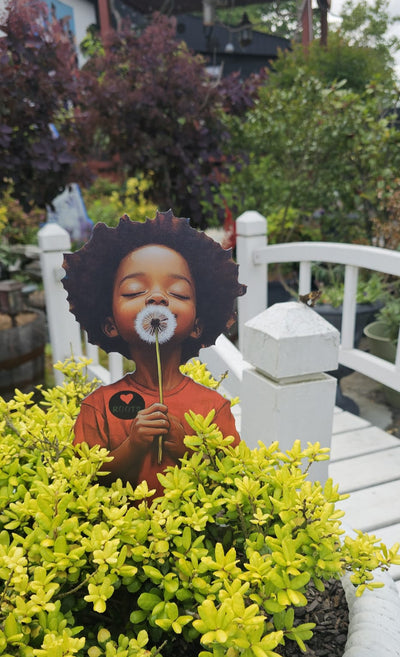BAIA BITS: Charles Alston’s MLK Bust 4 Years In The Oval Office
BAIA BITS

Archives of American Art -_Charles Alston
When the pioneering and newly-inaugurated president, Barack Obama, entered the Oval Office in January 2009, he brought with him a stunning bust of Martin Luther King Jr. It was the first time an image of an African American had ever graced the president’s inner working quarters. The sculptor of the piece—at that point deceased by over three decades—was the 20th century African American artist, Charles Alston.
Like the sculpture of King, and President Obama, Alston was accustomed to being first. A talented painter and sculptor, he was the first African American supervisor for the Works Progress Administration, the New Deal agency providing artists and others with public works projects. There, Alston led a staff of 35 artists and assistants while managing the public murals created for Harlem Hospital. In 1969, he became the first African American to teach at both the Museum of Modern Art and the Art Students League.

Charles Alston, 1907 – 1977, Martin Luther King, Jr., National Portrait Gallery, Smithsonian Institution, © Estate of Charles Alston
Born in Charlotte, North Carolina in 1907 to a prominent family—and related by a familial marriage to renowned artist Romare Bearden—Alston attended Columbia University as an undergraduate before earning a M.F.A. from Columbia University’s Teachers College in 1931. While working at the Harlem Arts Workshop, the civic program outgrew its space, so Alston secured an additional location at 306 W. 141 Street. The new space, dubbed “306,” quickly became a popular location for artists and activists of the Harlem art community.
Alston’s art was significantly influenced by muralists Diego Rivera, José Clemente Orozco, and David Alfaro Siqueiros given their consistent promotion of issues of social justice in their works and his personal association with these legendary Mexican artists. During the early 1930s, when the communist Diego Rivera was painting his famous mural at Rockefeller Center—a project subsequently destroyed by the Rockefeller family for its anticapitalistic representations—Alston regularly visited with Rivera to talk since both men happened to speak French.
Along with receiving numerous awards and acclaim for painting and sculpting throughout his career, Alston’s cartoons and illustrations were published in such popular magazines as Fortune and The New Yorker. He taught at the City University of New York from 1970 up until his death in 1977. Alston’s artwork is housed in the permanent collections of several museums including the Whitney Museum of American Art, the Metropolitan Museum of Art, and the Detroit Institute of Arts.
BAIA BITS are produced in part by the generous support of our Patreon members with a special shout out to Zadig & Voltaire.
























